

The Russian pet supplies market is developing well. Experts attending the Russian trade show ParkZoo give reasons for this and describe current trends.
High-rise buildings as far as the eye can see - and long traffic queues snaking unhurriedly towards the city, especially at peak times. That's the first impression you gain on the journey from Sheremetyevo International Airport towards Moscow city centre. The Moscow conurbation is the biggest in Europe. According to official figures, 15 million people live in and around the capital of Russia. Insiders believe the figure to be significantly higher at over 20 million, many of whom have one or more pets.It's not just Moscow, however, that is developing into an important sales market for the international pet product industry. "In Russia there are now 13 cities with over a million inhabitants, plus at least 100 to 150 further cities with a population exceeding 100 000. All these cities have pet stores retailing an extensive range of pet food and accessory products," explains Waldemar Gogolin, area sales manager for eastern Europe at leash specialist Flexi Bogdahn International. In Moscow alone he estimates the number of pet stores at 500, not including the numerous pet markets. Gogolin thinks there must be over 5 000 pet stores through-out Russia, with more apparently springing up all the time: "Every month at least two new stores are opened in Moscow alone," says Ralf Mayer of Diamant Zoo, the Russian distributor for the well-known brands Eheim, Karlie and Dohse.Even the recession and the continuing high inflation rate, running at over 7 per cent, appear to have had no impact on the positive trend in the Russian pet supplies sector. "The Russians love their pets," comments Olesya Miroshnichenko, general director of Ferplast Russia, in explanation of this. Since the income of many Russians has improved significantly in the last few years, there are no longer any real differences between Russia and western Europe or the USA in terms of the basic trends in pet owning, she says. It is by no means only the multi-millionaires that are responsible for the boom in the pet sector. This is a view shared by other representatives of trade and industry.One important reason for the continued growth in pet owning in Russia is the baby boom in the former Soviet republic, according to Olesya Miroshnichenko: "Children are often the decision-makers in a family. If a little girl or boy wants a pet, then a pet normally appears in the home." Cats and dogs in particular are popular pets in Russia, with over 18 million cats and more than 12.5 million dogs in the country, according…
Related articles
Read also

 Menü
Menü

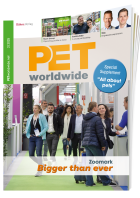




 1/2012
1/2012


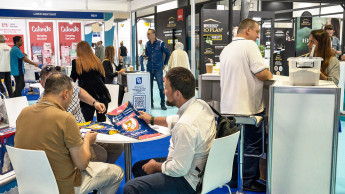

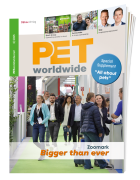
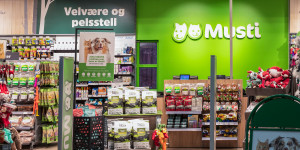

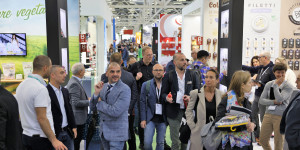

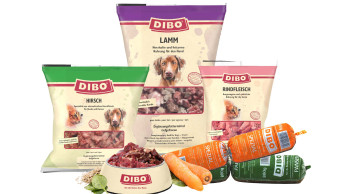

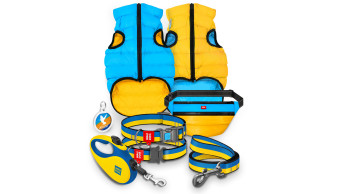
 Newsletter
Newsletter